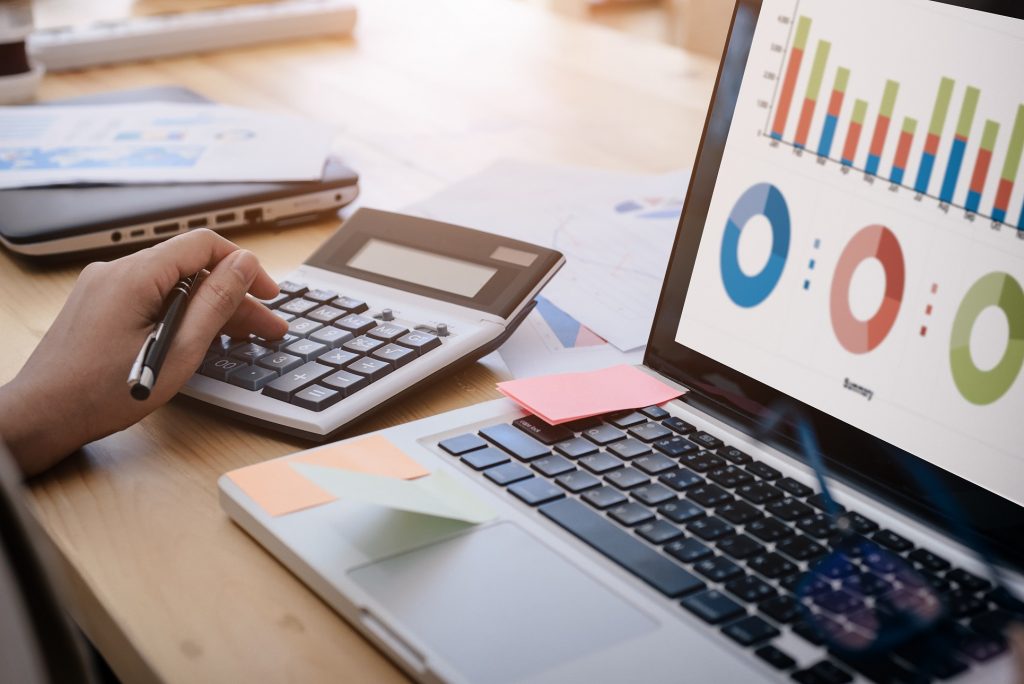880 W. Long Lake Road • Suite 225 •
Troy, Michigan 48098
• P: 248.269.1122 •
E: bianchipr@bianchipr.com

You started 2020 with a nice marketing budget and some great plans. But as boxer Mike Tyson once noted: “Everyone has a plan until they get punched in the mouth.”
The COVID19 pandemic has punched virtually all marketers in the mouth.
Your boss has asked you to cut your marketing budget drastically – perhaps by 50% or more. Your initial marketing plan is toast and you need to pivot to a Plan B.
The easy way out is to do an across-the-board straight percentage cut across all activities. If your overall budget was cut 50%, you cut the budget for each activity by 50% and you’re done.
The problem is that the easy way is rarely the best way.
A More Strategic Balance
You need a Plan B that is strategic. You need a plan where you can do more with less. A plan where you can stand out while your competitors are going silent. A plan where you can plant seeds for growing your market share while the competition is hunkered down.
In every previous economic downturn over the past 30 years, research shows that those companies who continued marketing communications during downturns had a notable increase in market share when the economy improved.
They also saw an increased return on investment on their promotional dollars at a lower cost than in good times.
But how do you maintain or increase your share of voice with a smaller budget?
It’s widely recognized that when done properly, PR can be more cost-effective dollar-for-dollar than other activities such as direct mail, advertising and trade shows.
So, why not re-balance your activities a bit, putting a larger share of your budget in the more cost-effective activities like PR and spending less on some of those big-ticket activities until the COVID19 storm has passed?
More Economical Marketing Choices
For example, say you had $500,000 budgeted for a big trade show exhibit. In most cases, that show is not going to happen this year. So you’ve saved a bundle, right?
How about taking a fraction – say one-tenth of that exhibit budget – and shifting it to augment your PR budget?
With that extra money in your PR budget, you could generate some terrific additional media coverage (think extra reach and frequency) through a virtual media tour with your experts, talking to key reporters about your new products, your technology roadmap, and the trends they are seeing emerge.
This kind of positive media coverage not only raises awareness, increases your share of voice but also positions your company as an expert thought leader in a less cluttered, less noisy marketplace.
It will leverage the credibility and implied third-party endorsement of the media that your customers and prospects trust, and as a bonus, it will help improve your company’s organic SEO by leveraging the publication’s domain authority.
And more importantly, it will build trust with your customers and prospects, because it underscores your company’s stability and commitment to long-term success.
In industries like the automotive industry, that kind of trust is more important than ever.
Turn Lemons into Lemonade
Perhaps at the beginning of the year, you had $200,000 earmarked for customer entertainment and events.
Of course, amidst the global pandemic, such in-person activities are out of the question for the near future.
So how about taking one-quarter of that savings, and using it to fund a series of customer case studies / success stories for key trade publications, your website and an online social media campaign that could help generate sales leads for months, even years?
Or how about applying that $50,000 to developing and supporting speaking opportunities for your key executives at some of the new virtual conferences that are taking the place of in-person events?
There are many opportunities that a good PR agency partner can help you to develop. And with most of your competitors laying low, these opportunities have the potential for huge impact.
Zag While Everyone Else is Zigging
According to the Harvard Business Review, even during a recession, building and maintaining strong brands — ones that customers recognize and trust — remains one of the best ways to reduce overall business risk long-term. In unprecedented times like these, the biggest risk isn’t doing something. The biggest risk is doing nothing.
You might also be interested in: